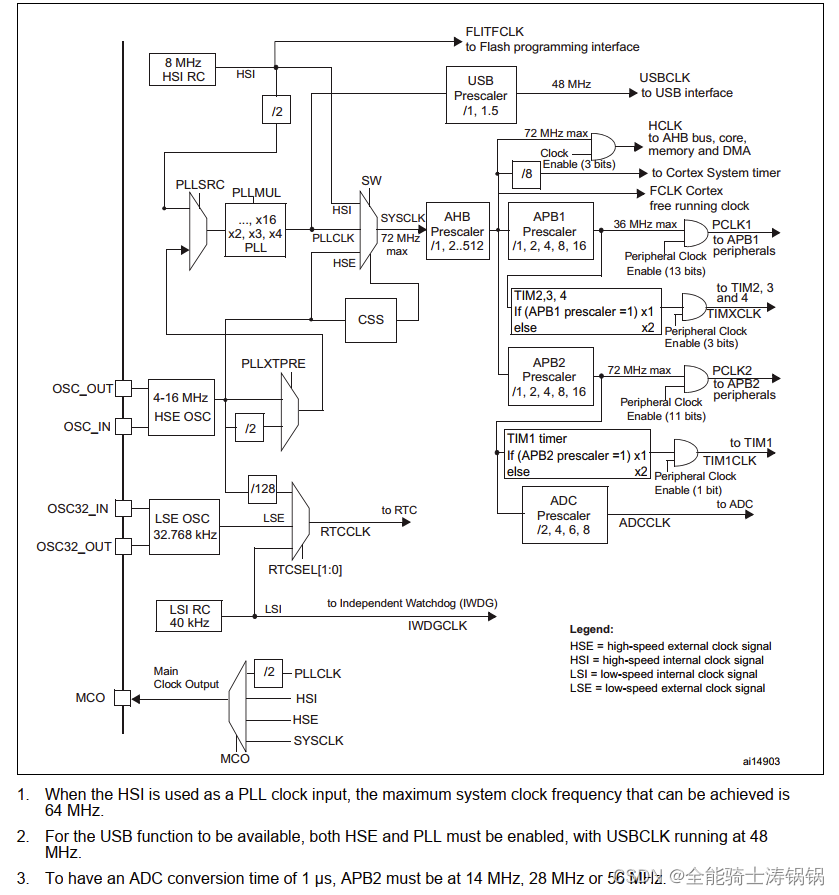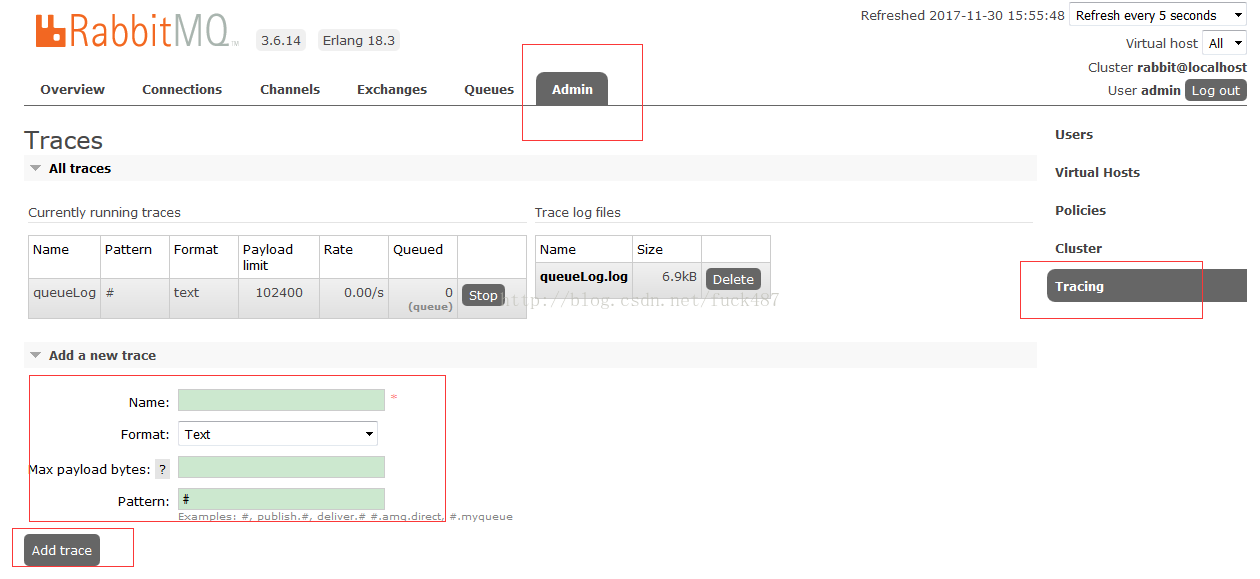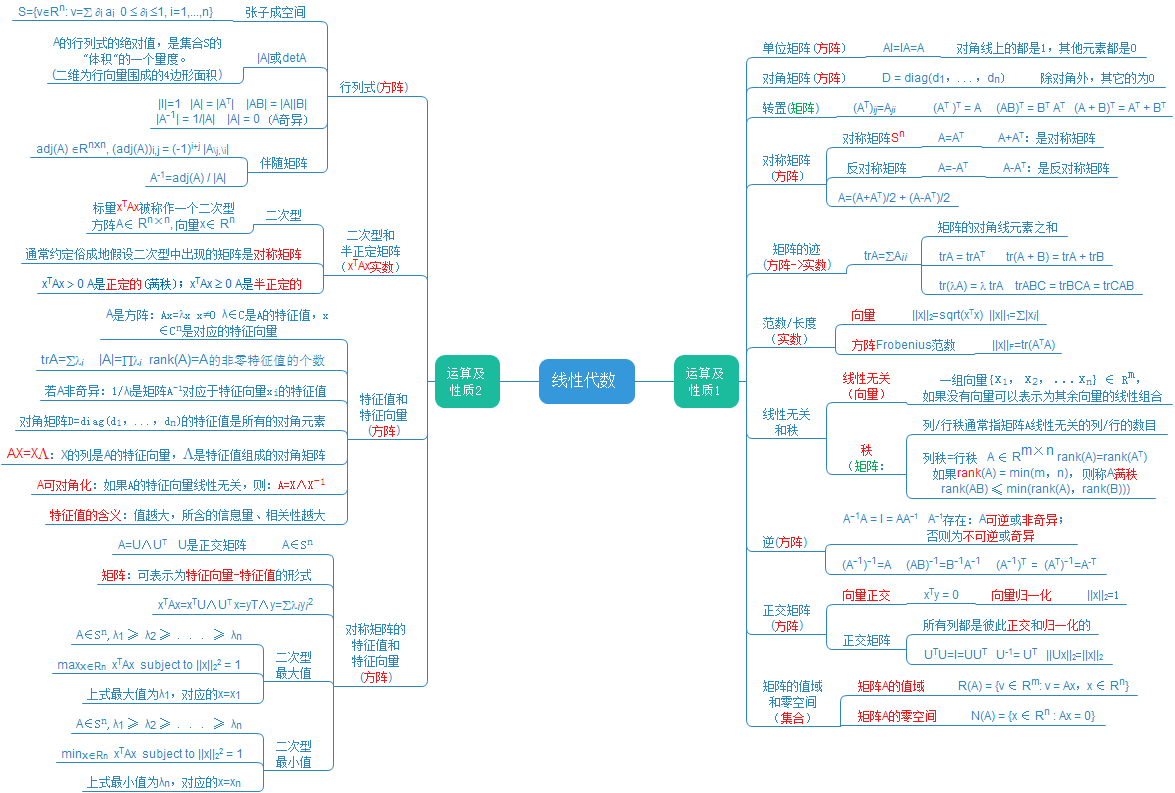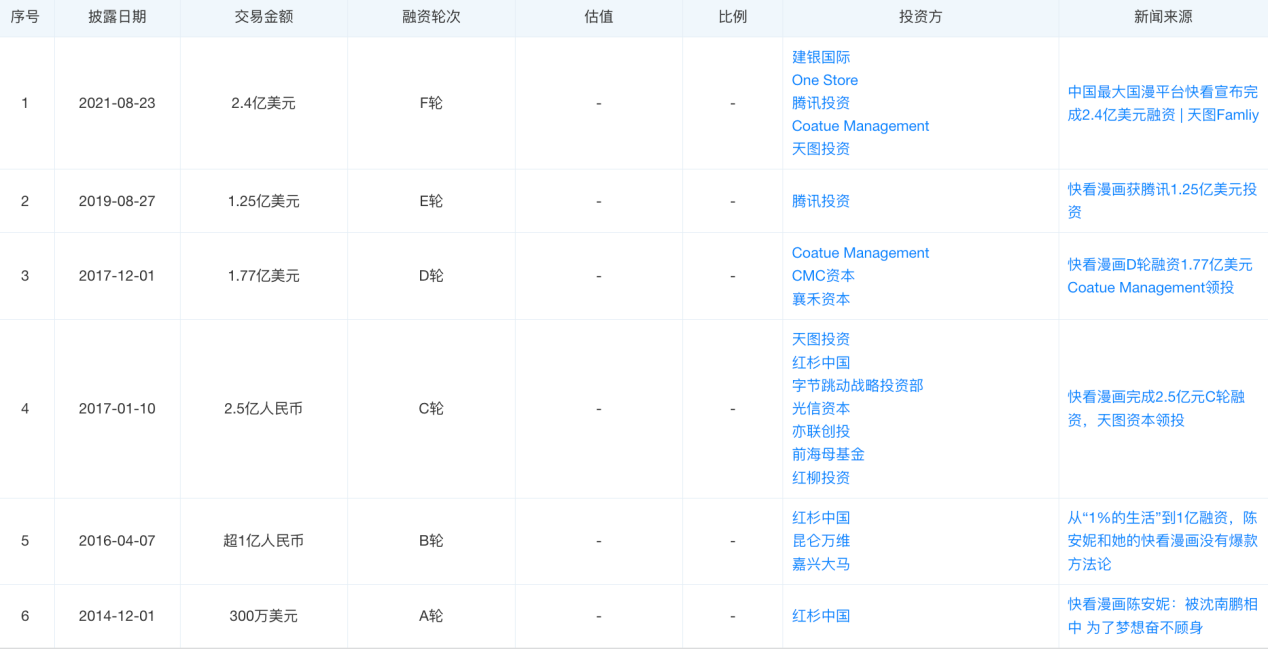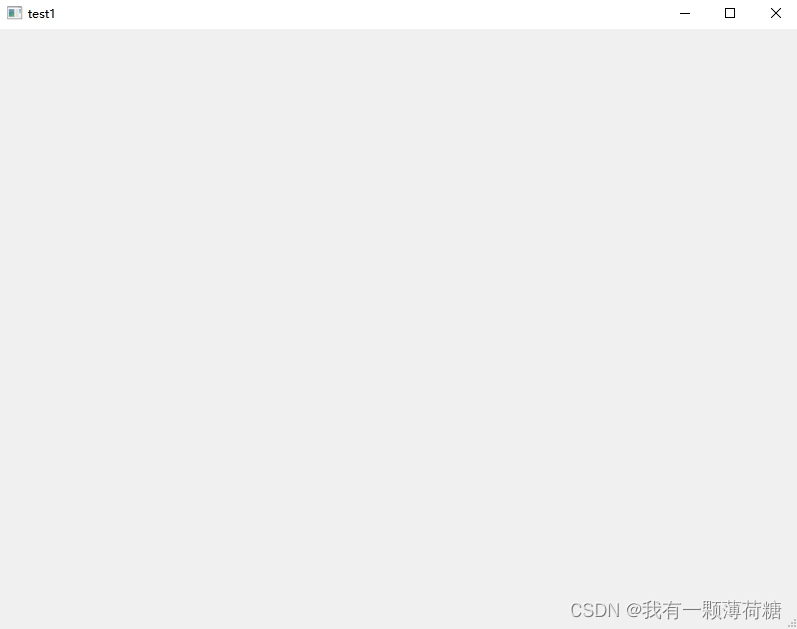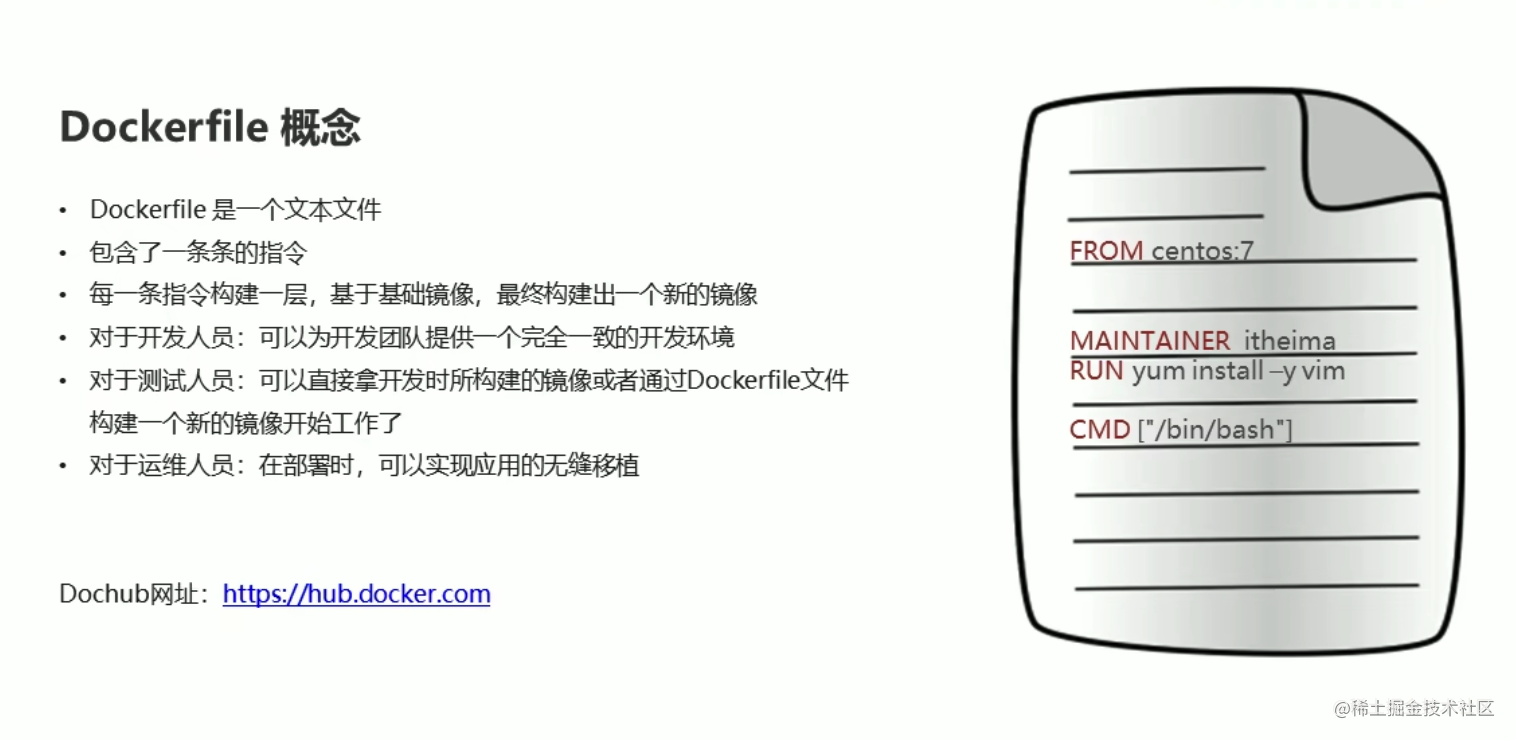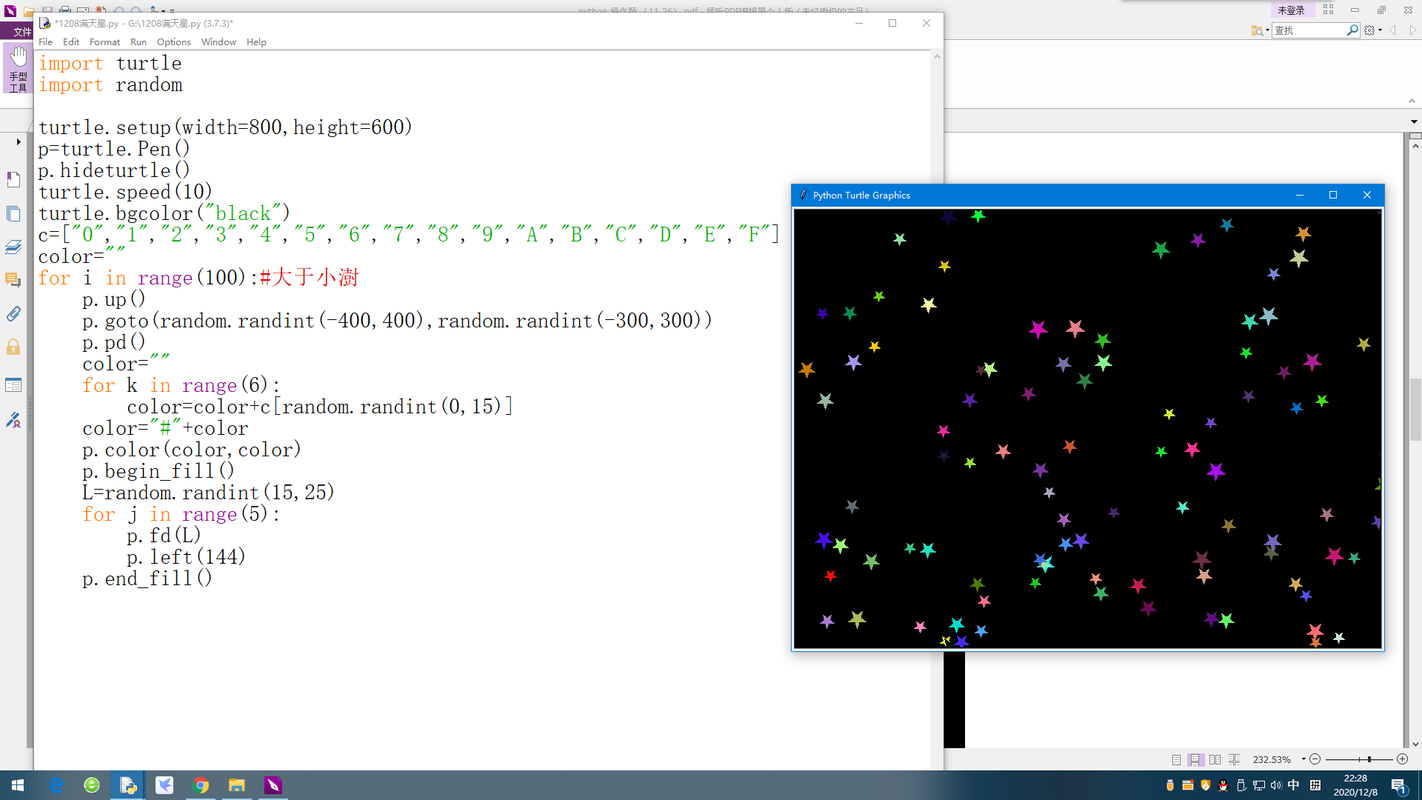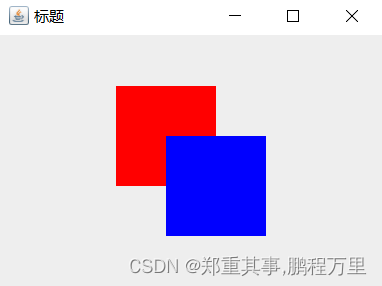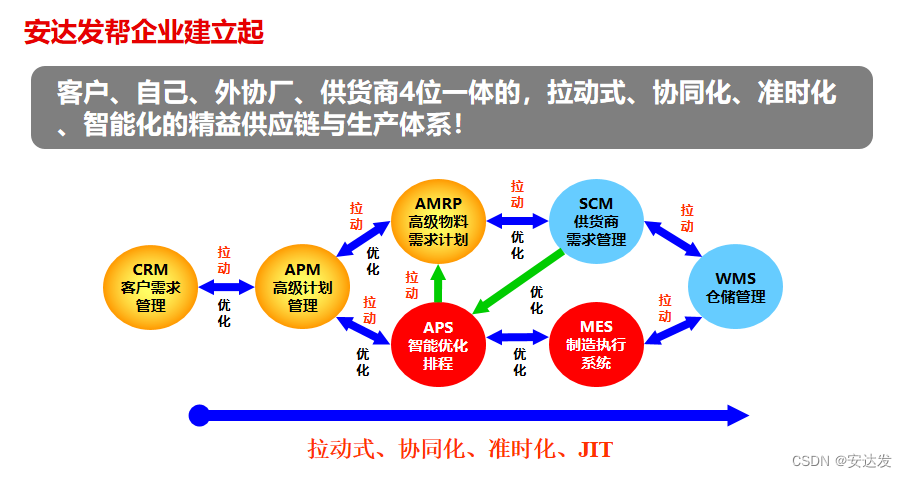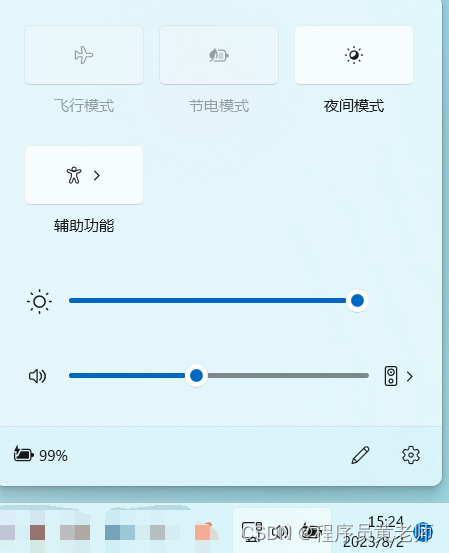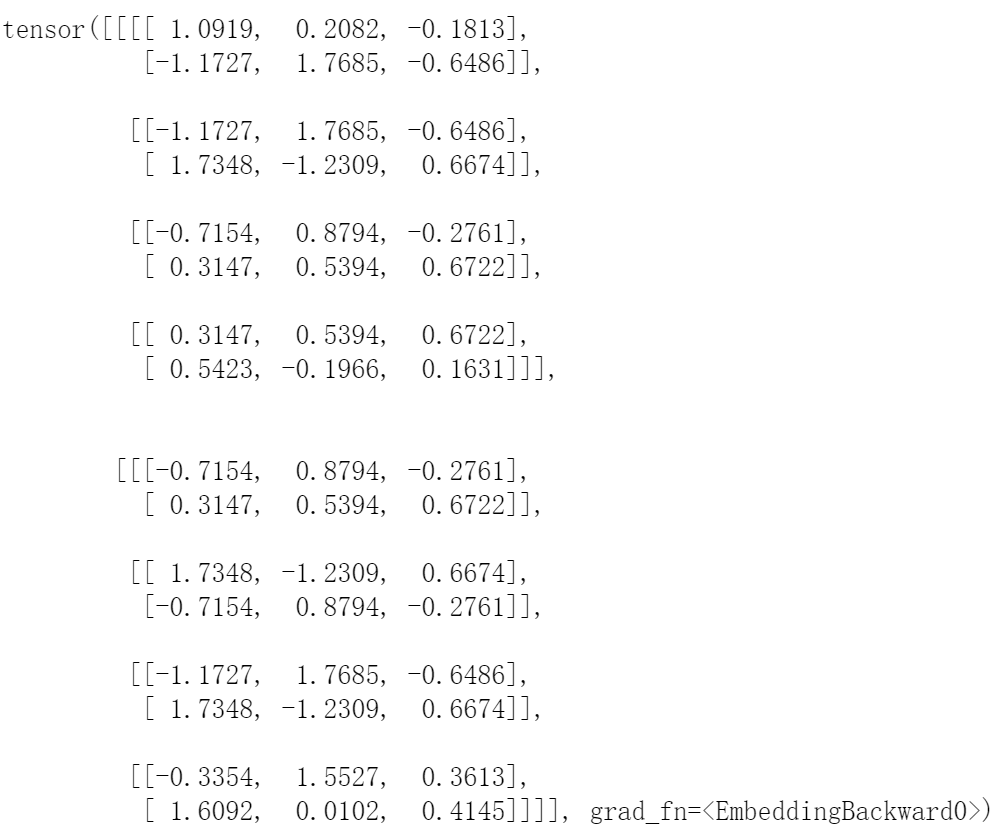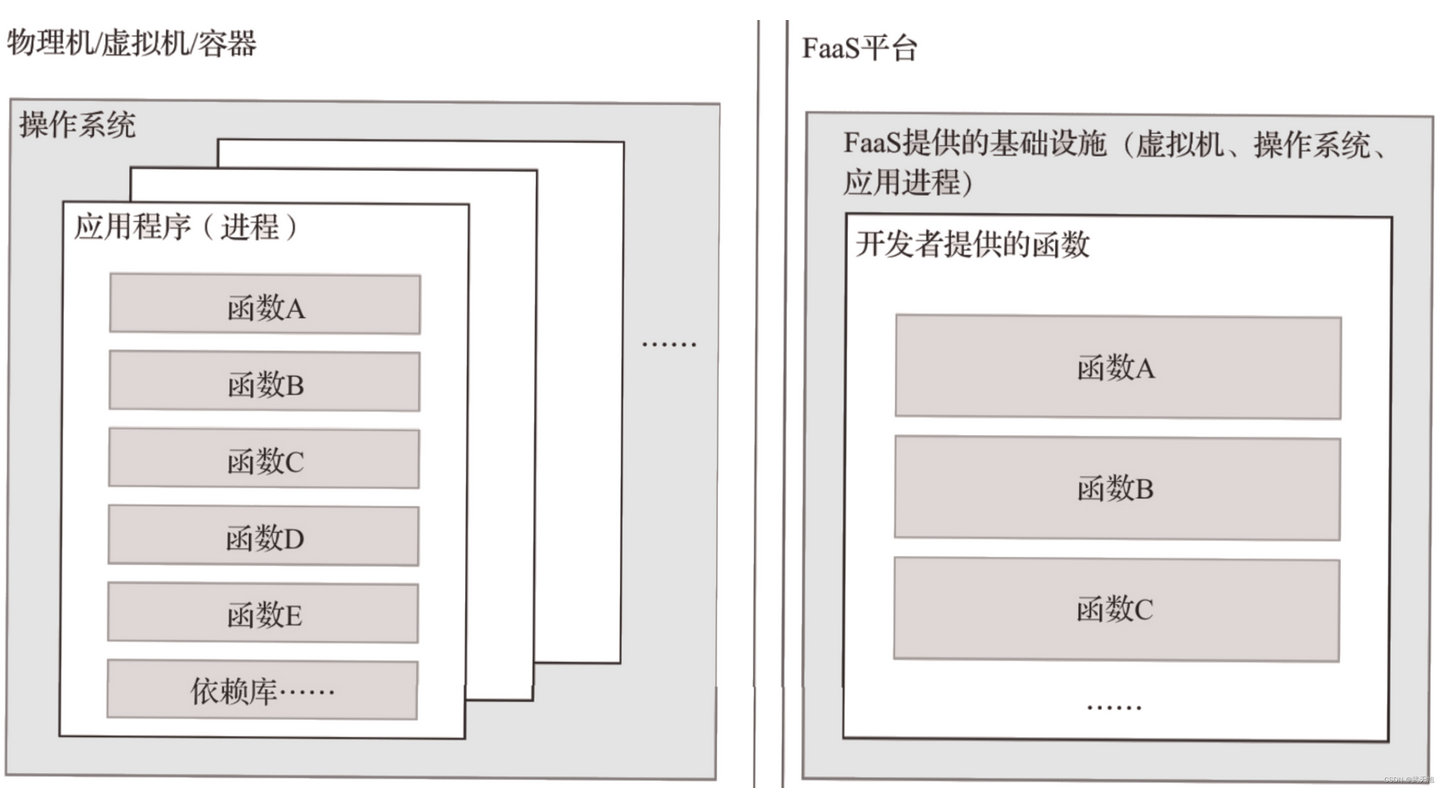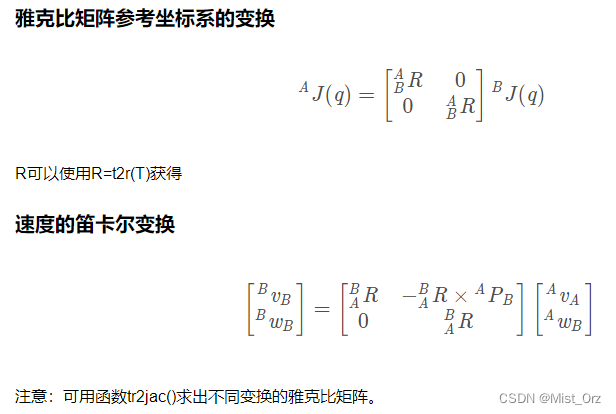单片机外部晶振故障后自动切换内部晶振——以STM32为例
| 作者 | 日期 | 版本 | 说明 |
|---|---|---|---|
| Dog Tao | 2023.08.02 | V1.0 | 发布初始版本 |
文章目录
- 单片机外部晶振故障后自动切换内部晶振——以STM32为例
- 背景
- 外部晶振与内部振荡器
- STM32F103时钟系统
- STM32F407时钟系统
- 代码实现
- 系统时钟设置流程
- 时钟源检测与切换
- 使用内部振荡器
- 总结
背景
时钟信号是单片机的心跳,对嵌入式系统的长期稳定运行有着至关重要的作用。现代单片机的时钟信号一般都支持外部时钟、外部晶体振荡器、内部RC振荡器等形式的输入。外部晶体振荡器(晶振)由于其高精度、高稳定性、低温飘、低成本的特性,广泛应用于各类对通讯、时间、性能要求严格的场合。
外部晶振与内部振荡器
-
外部晶振:这种时钟源来自于微控制器外部的晶振或者振荡器。晶振是一种机械振动器件,利用压电效应或反压电效应产生精确的频率。外部晶振的主要优点是精度高,稳定性好。但是,他们可能需要额外的电路空间,并且可能更容易受到环境因素如温度和震动的影响。
-
内部振荡器:这是一种集成在微控制器内部的时钟源。它通常是基于RC(电阻-电容)网络的振荡器。内部振荡器的优点是它们不需要额外的硬件,更便宜,更节省空间。但是,他们的频率精度和稳定性通常较低。
在实际应用中,选择哪种时钟源取决于具体的设计需求。对于需要高精度和稳定性的应用,通常会选择外部晶振。对于成本和空间更为重要的应用,内部振荡器可能是一个更好的选择。
STM32F103时钟系统
STM32F103的时钟系统相当复杂,主要有四种时钟源:高速内部(HSI)时钟,高速外部(HSE)时钟,低速内部(LSI)时钟,以及低速外部(LSE)时钟。
- 高速内部(HSI)时钟:一个自校准的内部RC振荡器,提供8MHz的时钟。
- 高速外部(HSE)时钟:可以连接到一个外部4-16 MHz的晶振或者用户提供的时钟源。
- 低速内部(LSI)时钟:一个内部RC振荡器,提供40kHz的时钟,主要供独立看门狗和自动唤醒单元使用。
- 低速外部(LSE)时钟:可以连接到一个外部32.768 kHz的晶振,主要用于RTC(实时时钟)和LCD。
如果使用外部晶振(HSE),STM32F103的最大系统时钟频率可以达到72 MHz。如果使用内部振荡器(HSI),STM32F103的最大系统时钟频率可以达到64 MHz。
STM32F407时钟系统
STM32F407的时钟系统与STM32F103的类似,也包括HSI,HSE,LSI和LSE四种时钟。但是其高速内部时钟频率达到了16MHz。
在STM32F407中,无论是16 MHz的HSI还是最高可以到24 MHz的HSE,都可以通过PLL倍频到168 MHz作为系统时钟频率。
STM32F103的时钟系统
代码实现
系统时钟设置流程
在STM32F103的标准库函数中,“system_stm32f10x.c”文件提供了多个不同频率的系统时钟设置方法,可以通过宏定义的方式条件编译指定时钟频率的设置函数,如下图所示:
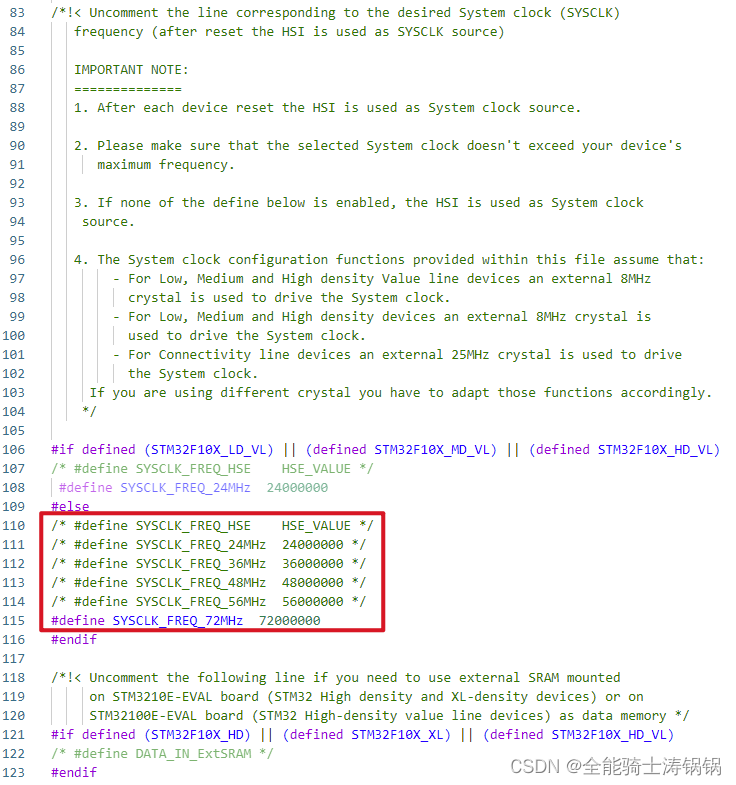 基于标准库函数的系统时钟设置调用路径依次为:
基于标准库函数的系统时钟设置调用路径依次为:
- 启动文件“startup_stm32f103x8.s”调用位于“system_stm32f10x.c”文件中的
SystemInit()函数。 SystemInit()函数调用SetSysClock()函数。SetSysClock()函数根据上述宏定义调用不同的时钟设置函数,将系统时钟设置为指定频率。- 使用全局变量
SystemCoreClock可获取当前系统的时钟频率。
时钟源检测与切换
在上述位于“system_stm32f10x.c”文件中系统时钟设置函数中已经内置了相关功能的模板,以SetSysClockTo72()函数为例:
/**
* @brief Sets System clock frequency to 72MHz and configure HCLK, PCLK2
* and PCLK1 prescalers.
* @note This function should be used only after reset.
* @param None
* @retval None
*/
static void SetSysClockTo72(void)
{
__IO uint32_t StartUpCounter = 0, HSEStatus = 0;
/* SYSCLK, HCLK, PCLK2 and PCLK1 configuration ---------------------------*/
/* Enable HSE */
RCC->CR |= ((uint32_t)RCC_CR_HSEON);
/* Wait till HSE is ready and if Time out is reached exit */
do
{
HSEStatus = RCC->CR & RCC_CR_HSERDY;
StartUpCounter++;
} while((HSEStatus == 0) && (StartUpCounter != HSE_STARTUP_TIMEOUT));
if ((RCC->CR & RCC_CR_HSERDY) != RESET)
{
HSEStatus = (uint32_t)0x01;
}
else
{
HSEStatus = (uint32_t)0x00;
}
if (HSEStatus == (uint32_t)0x01)
{
/* Enable Prefetch Buffer */
FLASH->ACR |= FLASH_ACR_PRFTBE;
/* Flash 2 wait state */
FLASH->ACR &= (uint32_t)((uint32_t)~FLASH_ACR_LATENCY);
FLASH->ACR |= (uint32_t)FLASH_ACR_LATENCY_2;
/* HCLK = SYSCLK */
RCC->CFGR |= (uint32_t)RCC_CFGR_HPRE_DIV1;
/* PCLK2 = HCLK */
RCC->CFGR |= (uint32_t)RCC_CFGR_PPRE2_DIV1;
/* PCLK1 = HCLK */
RCC->CFGR |= (uint32_t)RCC_CFGR_PPRE1_DIV2;
#ifdef STM32F10X_CL
/* Configure PLLs ------------------------------------------------------*/
/* PLL2 configuration: PLL2CLK = (HSE / 5) * 8 = 40 MHz */
/* PREDIV1 configuration: PREDIV1CLK = PLL2 / 5 = 8 MHz */
RCC->CFGR2 &= (uint32_t)~(RCC_CFGR2_PREDIV2 | RCC_CFGR2_PLL2MUL |
RCC_CFGR2_PREDIV1 | RCC_CFGR2_PREDIV1SRC);
RCC->CFGR2 |= (uint32_t)(RCC_CFGR2_PREDIV2_DIV5 | RCC_CFGR2_PLL2MUL8 |
RCC_CFGR2_PREDIV1SRC_PLL2 | RCC_CFGR2_PREDIV1_DIV5);
/* Enable PLL2 */
RCC->CR |= RCC_CR_PLL2ON;
/* Wait till PLL2 is ready */
while((RCC->CR & RCC_CR_PLL2RDY) == 0)
{
}
/* PLL configuration: PLLCLK = PREDIV1 * 9 = 72 MHz */
RCC->CFGR &= (uint32_t)~(RCC_CFGR_PLLXTPRE | RCC_CFGR_PLLSRC | RCC_CFGR_PLLMULL);
RCC->CFGR |= (uint32_t)(RCC_CFGR_PLLXTPRE_PREDIV1 | RCC_CFGR_PLLSRC_PREDIV1 |
RCC_CFGR_PLLMULL9);
#else
/* PLL configuration: PLLCLK = HSE * 9 = 72 MHz */
RCC->CFGR &= (uint32_t)((uint32_t)~(RCC_CFGR_PLLSRC | RCC_CFGR_PLLXTPRE |
RCC_CFGR_PLLMULL));
RCC->CFGR |= (uint32_t)(RCC_CFGR_PLLSRC_HSE | RCC_CFGR_PLLMULL9);
#endif /* STM32F10X_CL */
/* Enable PLL */
RCC->CR |= RCC_CR_PLLON;
/* Wait till PLL is ready */
while((RCC->CR & RCC_CR_PLLRDY) == 0)
{
}
/* Select PLL as system clock source */
RCC->CFGR &= (uint32_t)((uint32_t)~(RCC_CFGR_SW));
RCC->CFGR |= (uint32_t)RCC_CFGR_SW_PLL;
/* Wait till PLL is used as system clock source */
while ((RCC->CFGR & (uint32_t)RCC_CFGR_SWS) != (uint32_t)0x08)
{
}
}
else
{ /* If HSE fails to start-up, the application will have wrong clock
configuration. User can add here some code to deal with this error */
}
}
因此,只需要设计实现当外部晶振启动失败后的情况即可,函数框架如下:
static void SetSysClockTo72(void)
{
__IO uint32_t StartUpCounter = 0, HSEStatus = 0;
/* 省略无关内容 */
if (HSEStatus == (uint32_t)0x01)
{
/* HSE启动成功 */
}
else
{
/* 自定内容:HSE启动失败,尝试启动内部振荡器,并更新系统时钟 */
SetSysClockTo48_HSI();
SystemCoreClockUpdate();
}
}
使用内部振荡器
HSE启动失败,尝试启动内部振荡器,并更新系统时钟的自定义代码示例如下:
static void SetSysClockTo48_HSI()
{
/* 开启HSI 即内部晶振时钟 */
RCC->CR |= (uint32_t)0x00000001;
/*选择HSI为PLL的时钟源HSI必须2分频给PLL*/
RCC->CFGR |= (uint32_t)RCC_CFGR_PLLSRC_HSI_Div2;
/*PLLCLK=8/2*12=48MHz 设置倍频得到时钟源PLL的频率*/
RCC->CFGR |= (uint32_t)RCC_CFGR_PLLMULL12;
/* PLL不分频输出 */
RCC->CFGR |= (uint32_t)RCC_CFGR_HPRE_DIV1;
/* 使能 PLL时钟 */
RCC->CR |= RCC_CR_PLLON;
/* 等待PLL时钟就绪*/
while((RCC->CR & RCC_CR_PLLRDY) == 0)
{
}
/* 选择PLL为系统时钟的时钟源 */
RCC->CFGR &= (uint32_t)((uint32_t)~(RCC_CFGR_SW));
RCC->CFGR |= (uint32_t)RCC_CFGR_SW_PLL;
/* 等到PLL成为系统时钟的时钟源*/
while ((RCC->CFGR & (uint32_t)RCC_CFGR_SWS) != (uint32_t)0x08)
{
}
}
使用内部振荡器设置系统时钟之后,需要调用预设的SystemCoreClockUpdate()完成时钟频率的更新(更新全局变量SystemCoreClock的值)。
/**
* @brief Update SystemCoreClock variable according to Clock Register Values.
* The SystemCoreClock variable contains the core clock (HCLK), it can
* be used by the user application to setup the SysTick timer or configure
* other parameters.
*
* @note Each time the core clock (HCLK) changes, this function must be called
* to update SystemCoreClock variable value. Otherwise, any configuration
* based on this variable will be incorrect.
*
* @note - The system frequency computed by this function is not the real
* frequency in the chip. It is calculated based on the predefined
* constant and the selected clock source:
*
* - If SYSCLK source is HSI, SystemCoreClock will contain the HSI_VALUE(*)
*
* - If SYSCLK source is HSE, SystemCoreClock will contain the HSE_VALUE(**)
*
* - If SYSCLK source is PLL, SystemCoreClock will contain the HSE_VALUE(**)
* or HSI_VALUE(*) multiplied by the PLL factors.
*
* (*) HSI_VALUE is a constant defined in stm32f1xx.h file (default value
* 8 MHz) but the real value may vary depending on the variations
* in voltage and temperature.
*
* (**) HSE_VALUE is a constant defined in stm32f1xx.h file (default value
* 8 MHz or 25 MHz, depedning on the product used), user has to ensure
* that HSE_VALUE is same as the real frequency of the crystal used.
* Otherwise, this function may have wrong result.
*
* - The result of this function could be not correct when using fractional
* value for HSE crystal.
* @param None
* @retval None
*/
void SystemCoreClockUpdate (void)
{
uint32_t tmp = 0, pllmull = 0, pllsource = 0;
#ifdef STM32F10X_CL
uint32_t prediv1source = 0, prediv1factor = 0, prediv2factor = 0, pll2mull = 0;
#endif /* STM32F10X_CL */
#if defined (STM32F10X_LD_VL) || defined (STM32F10X_MD_VL) || (defined STM32F10X_HD_VL)
uint32_t prediv1factor = 0;
#endif /* STM32F10X_LD_VL or STM32F10X_MD_VL or STM32F10X_HD_VL */
/* Get SYSCLK source -------------------------------------------------------*/
tmp = RCC->CFGR & RCC_CFGR_SWS;
switch (tmp)
{
case 0x00: /* HSI used as system clock */
SystemCoreClock = HSI_VALUE;
break;
case 0x04: /* HSE used as system clock */
SystemCoreClock = HSE_VALUE;
break;
case 0x08: /* PLL used as system clock */
/* Get PLL clock source and multiplication factor ----------------------*/
pllmull = RCC->CFGR & RCC_CFGR_PLLMULL;
pllsource = RCC->CFGR & RCC_CFGR_PLLSRC;
#ifndef STM32F10X_CL
pllmull = ( pllmull >> 18) + 2;
if (pllsource == 0x00)
{
/* HSI oscillator clock divided by 2 selected as PLL clock entry */
SystemCoreClock = (HSI_VALUE >> 1) * pllmull;
}
else
{
#if defined (STM32F10X_LD_VL) || defined (STM32F10X_MD_VL) || (defined STM32F10X_HD_VL)
prediv1factor = (RCC->CFGR2 & RCC_CFGR2_PREDIV1) + 1;
/* HSE oscillator clock selected as PREDIV1 clock entry */
SystemCoreClock = (HSE_VALUE / prediv1factor) * pllmull;
#else
/* HSE selected as PLL clock entry */
if ((RCC->CFGR & RCC_CFGR_PLLXTPRE) != (uint32_t)RESET)
{/* HSE oscillator clock divided by 2 */
SystemCoreClock = (HSE_VALUE >> 1) * pllmull;
}
else
{
SystemCoreClock = HSE_VALUE * pllmull;
}
#endif
}
#else
pllmull = pllmull >> 18;
if (pllmull != 0x0D)
{
pllmull += 2;
}
else
{ /* PLL multiplication factor = PLL input clock * 6.5 */
pllmull = 13 / 2;
}
if (pllsource == 0x00)
{
/* HSI oscillator clock divided by 2 selected as PLL clock entry */
SystemCoreClock = (HSI_VALUE >> 1) * pllmull;
}
else
{/* PREDIV1 selected as PLL clock entry */
/* Get PREDIV1 clock source and division factor */
prediv1source = RCC->CFGR2 & RCC_CFGR2_PREDIV1SRC;
prediv1factor = (RCC->CFGR2 & RCC_CFGR2_PREDIV1) + 1;
if (prediv1source == 0)
{
/* HSE oscillator clock selected as PREDIV1 clock entry */
SystemCoreClock = (HSE_VALUE / prediv1factor) * pllmull;
}
else
{/* PLL2 clock selected as PREDIV1 clock entry */
/* Get PREDIV2 division factor and PLL2 multiplication factor */
prediv2factor = ((RCC->CFGR2 & RCC_CFGR2_PREDIV2) >> 4) + 1;
pll2mull = ((RCC->CFGR2 & RCC_CFGR2_PLL2MUL) >> 8 ) + 2;
SystemCoreClock = (((HSE_VALUE / prediv2factor) * pll2mull) / prediv1factor) * pllmull;
}
}
#endif /* STM32F10X_CL */
break;
default:
SystemCoreClock = HSI_VALUE;
break;
}
/* Compute HCLK clock frequency ----------------*/
/* Get HCLK prescaler */
tmp = AHBPrescTable[((RCC->CFGR & RCC_CFGR_HPRE) >> 4)];
/* HCLK clock frequency */
SystemCoreClock >>= tmp;
}
总结
本文所述的设计方法,能够在外部晶振故障后自动切换到内部晶振,提高系统的可靠性与稳定性。注意,上述示例只在单片机启动时进行时钟源检测,因此,如果是处理运行时的突发时钟故障,需要设计配套的看门狗,在系统陷入异常状态后自动重启系统。
